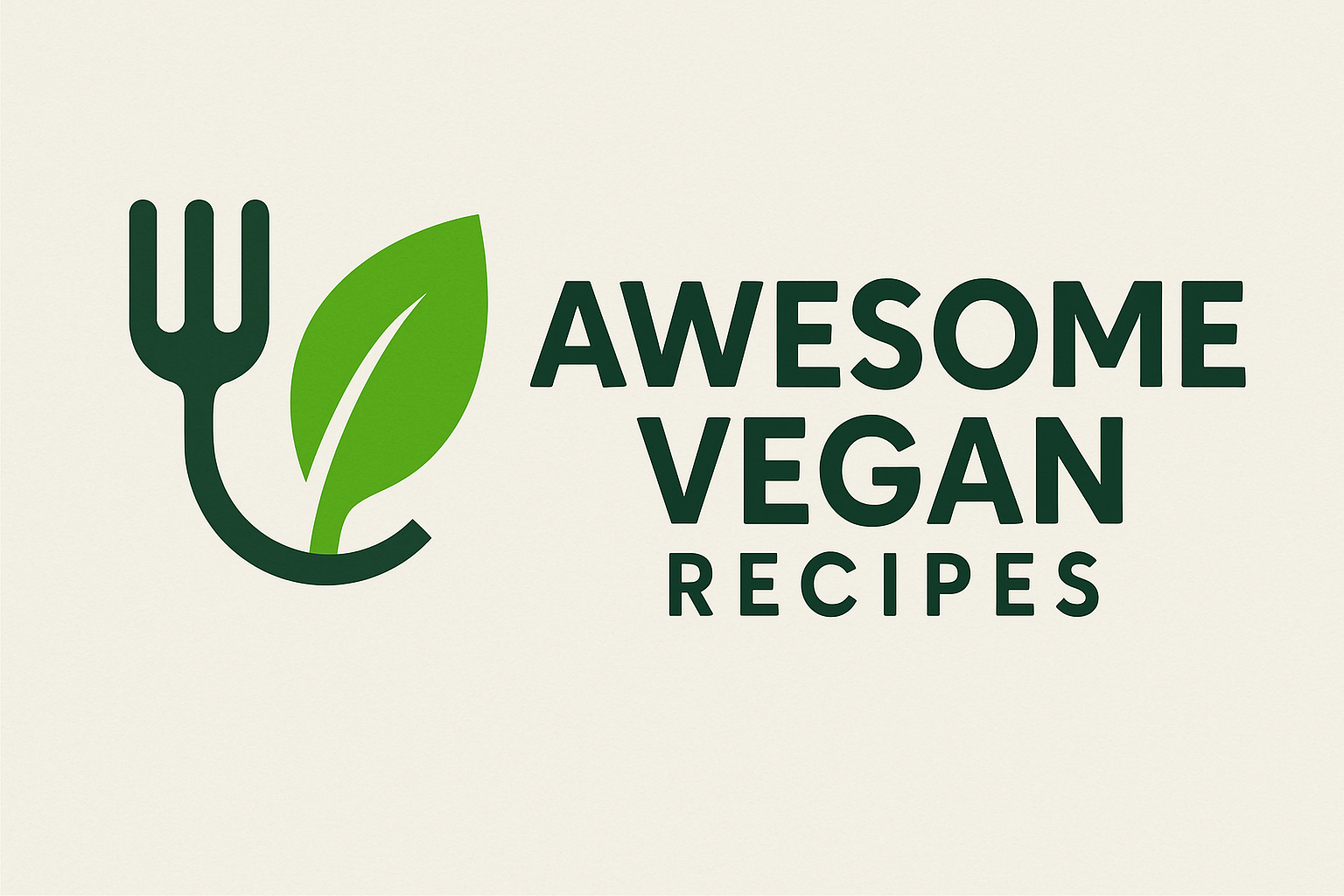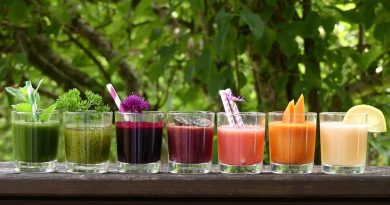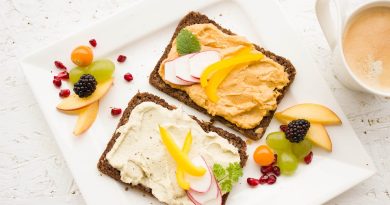Mastering Portion Control: The Key to Success on a Vegan Diet for Weight Loss
Mastering Portion Control: The Key to Success on a Vegan Diet for Weight Loss
As a vegan diet and lifestyle expert, one of the most common questions I receive is how to effectively lose weight on a plant-based diet. While a vegan diet can be incredibly beneficial for weight loss due to its emphasis on whole, nutrient-rich foods, proper portion control is key to seeing results. In this article, I will discuss the importance of portion control on a vegan diet and provide practical tips for mastering it to achieve your weight loss goals.
Understanding Portion Control on a Vegan Diet
Portion control is the practice of managing the amount of food you eat to ensure you are consuming the appropriate number of calories for your body’s needs. While many people assume that vegan diets are automatically low in calories, it is still possible to overeat on plant-based foods, especially those high in fats and carbohydrates.
To effectively control portions on a vegan diet, it is important to understand what a balanced meal looks like. A well-rounded vegan meal should include a source of protein (such as tofu, tempeh, legumes, or quinoa), a variety of colorful vegetables, a small serving of whole grains, and healthy fats (such as avocado, nuts, or seeds). By including all of these components in your meal, you can ensure that you are getting a good balance of nutrients and staying satisfied longer.
Tips for Mastering Portion Control on a Vegan Diet
1. Use smaller plates: One of the simplest ways to control portions is to serve your meals on smaller plates. Research has shown that people tend to eat less when they are served smaller portions, even if they are not consciously restricting their intake. By using smaller plates, you can trick your brain into thinking you are eating more than you actually are.
2. Measure your food: While it may seem tedious, measuring your food portions can be incredibly helpful in regulating your calorie intake. Invest in a set of measuring cups and spoons to accurately portion out your grains, legumes, and other foods. You can also use a food scale to weigh out your portions of fruits, vegetables, and nuts.
3. Practice mindful eating: In our fast-paced society, it is easy to eat quickly and mindlessly, leading to overeating. By practicing mindful eating, you can learn to pay attention to your body’s hunger and fullness cues and stop eating when you are satisfied, rather than full. Take the time to savor each bite of your meal, chew slowly, and put your fork down between bites.
4. Pre-portion snacks: Snacking can be a downfall for many people trying to lose weight, as it is easy to mindlessly munch on high-calorie foods throughout the day. To combat this, pre-portion your snacks into individual servings, such as small bags of nuts, chopped veggies with hummus, or fruit slices. This way, you can grab a snack without the temptation to overeat.
5. Limit liquid calories: While it is important to stay hydrated, liquid calories from beverages like sugary sodas, fruit juices, and alcoholic drinks can quickly add up. Stick to water, herbal teas, and black coffee to keep your calorie intake in check. If you enjoy smoothies, be mindful of the ingredients you are adding and stick to whole fruits and vegetables rather than sugary additives.
6. Listen to your body: Ultimately, the key to mastering portion control on a vegan diet is to listen to your body’s cues. Eat when you are hungry, stop when you are satisfied, and avoid eating out of boredom or emotional distress. By tuning into your body’s signals, you can learn to eat intuitively and maintain a healthy weight long-term.
In conclusion, mastering portion control is essential for success on a vegan diet for weight loss. By understanding the principles of portion control, implementing practical tips, and listening to your body’s cues, you can achieve your weight loss goals while still enjoying a plant-based lifestyle. Remember that every body is different, so it may take some trial and error to find the portion sizes that work best for you. With patience and consistency, you can master portion control and create a sustainable, healthy relationship with food on your vegan journey.






